Immigration Crackdown: Trump Administration Meets Legal Resistance
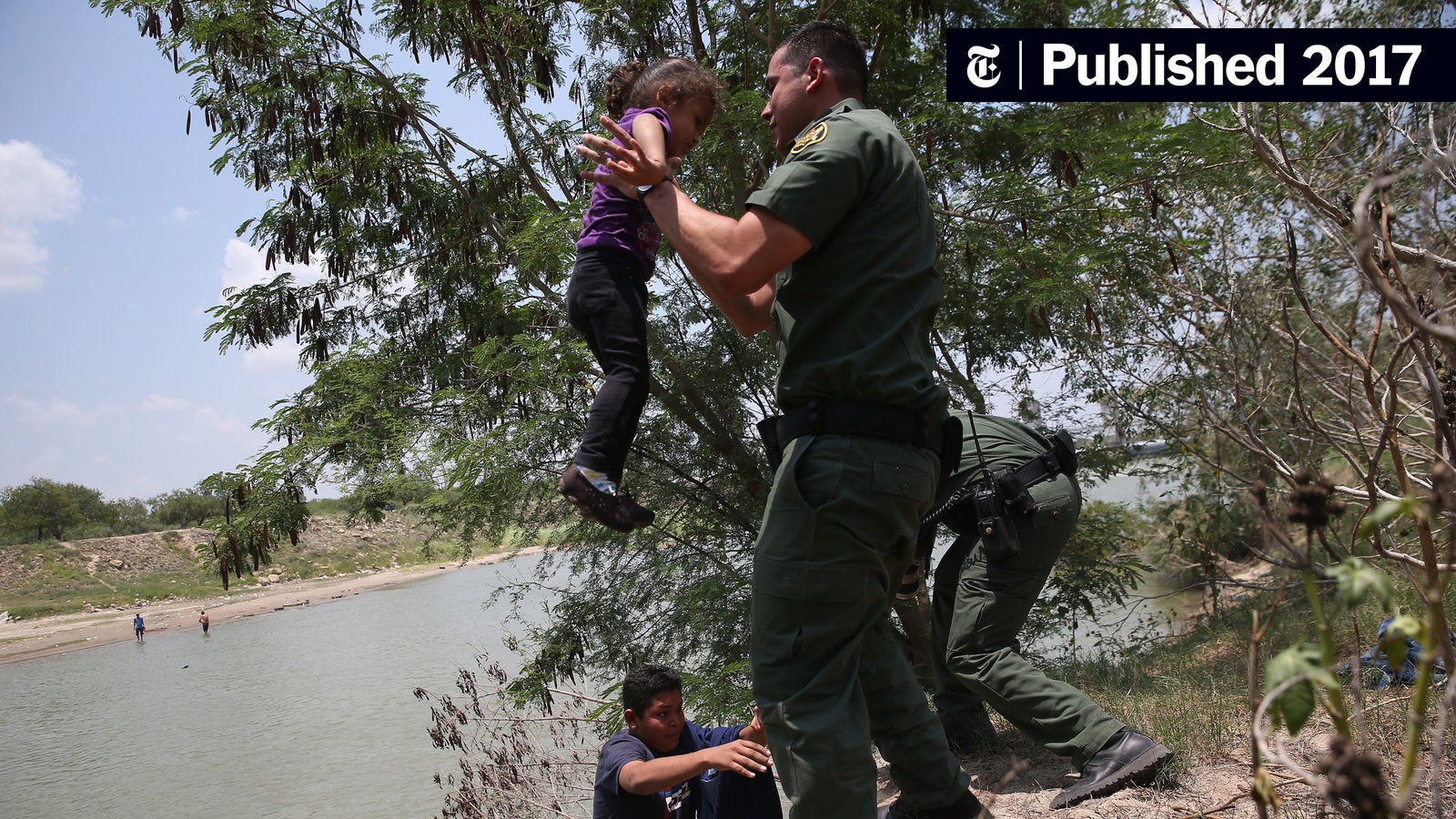
Table of Contents
Key Policies of the Trump Administration's Immigration Crackdown
The Trump administration's immigration policies represented a significant shift towards stricter enforcement and border security. Several key policy initiatives fueled the ensuing legal battles.
Increased Border Security and Enforcement
A core element of the Trump administration's immigration crackdown was the intensification of border security measures. This involved:
- Expansion of border wall construction: Funding was allocated to extend the existing barriers along the U.S.-Mexico border, leading to environmental concerns and legal challenges regarding land acquisition.
- Increased border patrol agents: The number of Customs and Border Protection (CBP) agents was increased, leading to a rise in border apprehensions.
- Enhanced surveillance technology: The use of drones, sensors, and other technologies for border surveillance was expanded, raising privacy concerns.
- "Zero tolerance" policy: This policy, implemented in 2018, led to the separation of thousands of children from their parents at the border, sparking widespread condemnation and legal action.
The number of deportations increased significantly during this period, alongside a rise in border apprehensions. These actions, however, also raised significant human rights concerns, prompting legal challenges and public outcry.
Changes to Asylum and Refugee Policies
The Trump administration implemented sweeping changes to the asylum and refugee systems, making it significantly harder for individuals to seek refuge in the United States. These changes included:
- Stricter asylum application process: The administration implemented stricter rules for determining credible fear, making it more difficult for asylum seekers to qualify for protection.
- Limitations on who qualifies for asylum: The definition of who qualifies for asylum was narrowed, excluding individuals based on factors such as gang violence or domestic abuse in their home countries.
- The "Remain in Mexico" policy (MPP): This policy forced asylum seekers to wait in Mexico for their U.S. immigration court hearings, often leading to dangerous and inhumane conditions.
These policy changes faced immediate and extensive legal challenges. Numerous lawsuits argued that these policies violated both domestic and international law, resulting in several court rulings that partially or fully blocked implementation. The humanitarian consequences of these policies were widely debated, adding fuel to the legal battles.
The Travel Ban
The Trump administration's travel ban, initially targeting several Muslim-majority countries, was perhaps the most controversial policy. It underwent several iterations, each facing fierce legal opposition.
- Multiple iterations: The initial ban faced immediate legal challenges and was revised several times, ultimately leading to a Supreme Court case.
- Key arguments: Opponents argued the ban violated the Establishment Clause of the First Amendment, while supporters maintained it was necessary for national security.
- Supreme Court rulings: The Supreme Court ultimately upheld a revised version of the travel ban, citing the government's national security interests.
The travel ban's impact extended beyond immigration law, significantly impacting international relations and raising concerns about religious discrimination and human rights globally.
Legal Challenges and Resistance
The Trump administration's immigration crackdown sparked widespread legal resistance from various actors, illustrating the crucial role of checks and balances in the U.S. system.
Role of the Judiciary
The judiciary played a central role in challenging the administration's policies, with various courts weighing in on different aspects of the immigration crackdown.
- District courts: Multiple district courts issued injunctions against various policies, temporarily halting their implementation.
- Appeals courts: Appeals courts reviewed these injunctions, resulting in a mix of upheld and overturned decisions.
- Supreme Court: The Supreme Court heard several significant cases, ultimately issuing rulings that shaped the legal landscape of immigration enforcement.
Key legal arguments centered on violations of due process, equal protection, and the separation of powers, leading to landmark rulings that partially or fully blocked certain policies.
Activist Groups and NGOs
Numerous activist groups and non-governmental organizations (NGOs) played a vital role in providing legal representation to immigrants, advocating for policy changes, and raising public awareness.
- Legal representation: Organizations like the American Civil Liberties Union (ACLU) provided legal support to immigrants facing deportation and challenging restrictive policies.
- Advocacy and lobbying: Groups advocated for legislative changes and pushed for more humane immigration policies.
- Public awareness campaigns: Organizations utilized various media platforms to raise public awareness about the human rights implications of the administration's policies.
Their efforts resulted in several successful legal victories, mitigating the impact of some of the harshest policies.
Public Opinion and Political Response
Public opinion regarding the Trump administration's immigration crackdown was deeply divided, influencing both legal battles and the political discourse.
- Public protests: Widespread protests erupted against family separation and other inhumane policies.
- Political debates: The immigration crackdown became a central issue in political debates, influencing elections and shaping legislative agendas.
- Legislative responses: Some legislative attempts were made to address some of the concerns raised by the administration's actions, although significant bipartisan consensus remained elusive.
Polling data consistently showed a lack of public support for many of the policies, reflecting in the legal challenges and political opposition they faced.
Conclusion
The Trump administration's immigration crackdown implemented numerous restrictive policies that faced significant legal resistance. Key policies, such as increased border security, changes to asylum procedures, and the travel ban, sparked numerous lawsuits and highlighted the ongoing tension between executive power and judicial review. The legal challenges, fueled by activist groups, public opinion, and political opposition, demonstrate the vital role of checks and balances in addressing contentious immigration issues. Understanding the complexities of the immigration crackdown and its legal ramifications is crucial for informed civic engagement. Further research into relevant court cases and policy analyses will provide a deeper understanding of this critical issue, informing future discussions on immigration reform and its legal implications.

Featured Posts
-
 Liberal Fiscal Policies A Critical Analysis
Apr 24, 2025
Liberal Fiscal Policies A Critical Analysis
Apr 24, 2025 -
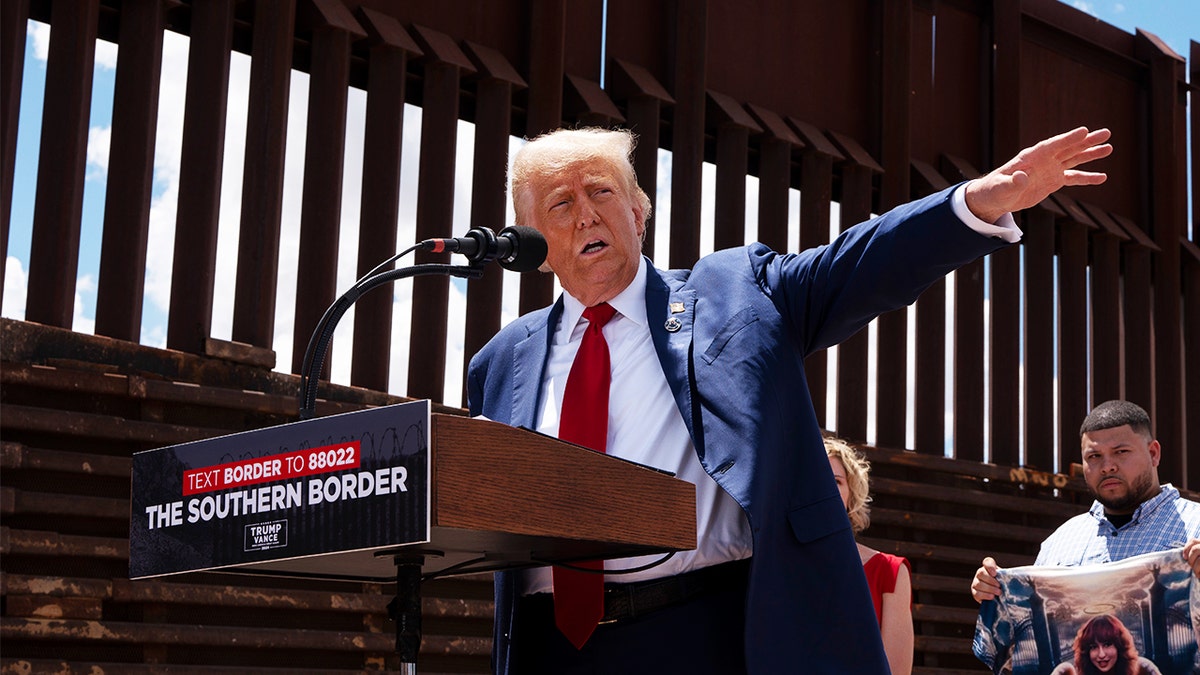 Trumps Immigration Enforcement New Legal Setbacks
Apr 24, 2025
Trumps Immigration Enforcement New Legal Setbacks
Apr 24, 2025 -
 Open Ai And Chat Gpt The Ftc Investigation And Future Of Ai Regulation
Apr 24, 2025
Open Ai And Chat Gpt The Ftc Investigation And Future Of Ai Regulation
Apr 24, 2025 -
 High Stock Market Valuations Why Bof A Thinks Investors Shouldnt Panic
Apr 24, 2025
High Stock Market Valuations Why Bof A Thinks Investors Shouldnt Panic
Apr 24, 2025 -
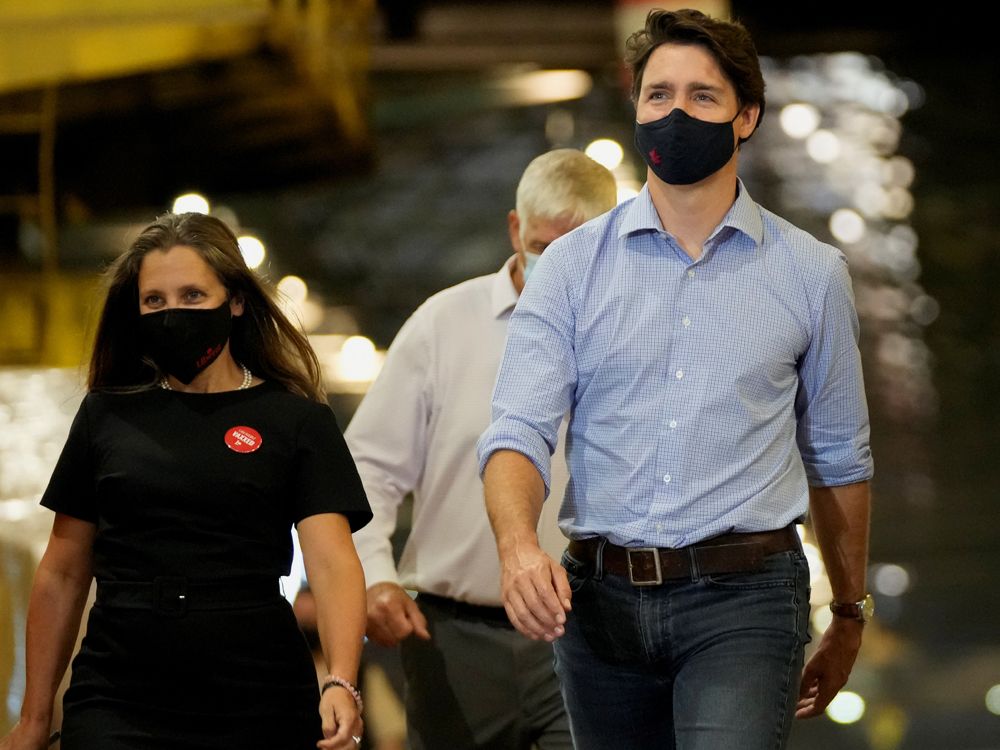 William Watson Scrutinizing The Liberal Platform Before You Vote
Apr 24, 2025
William Watson Scrutinizing The Liberal Platform Before You Vote
Apr 24, 2025
Latest Posts
-
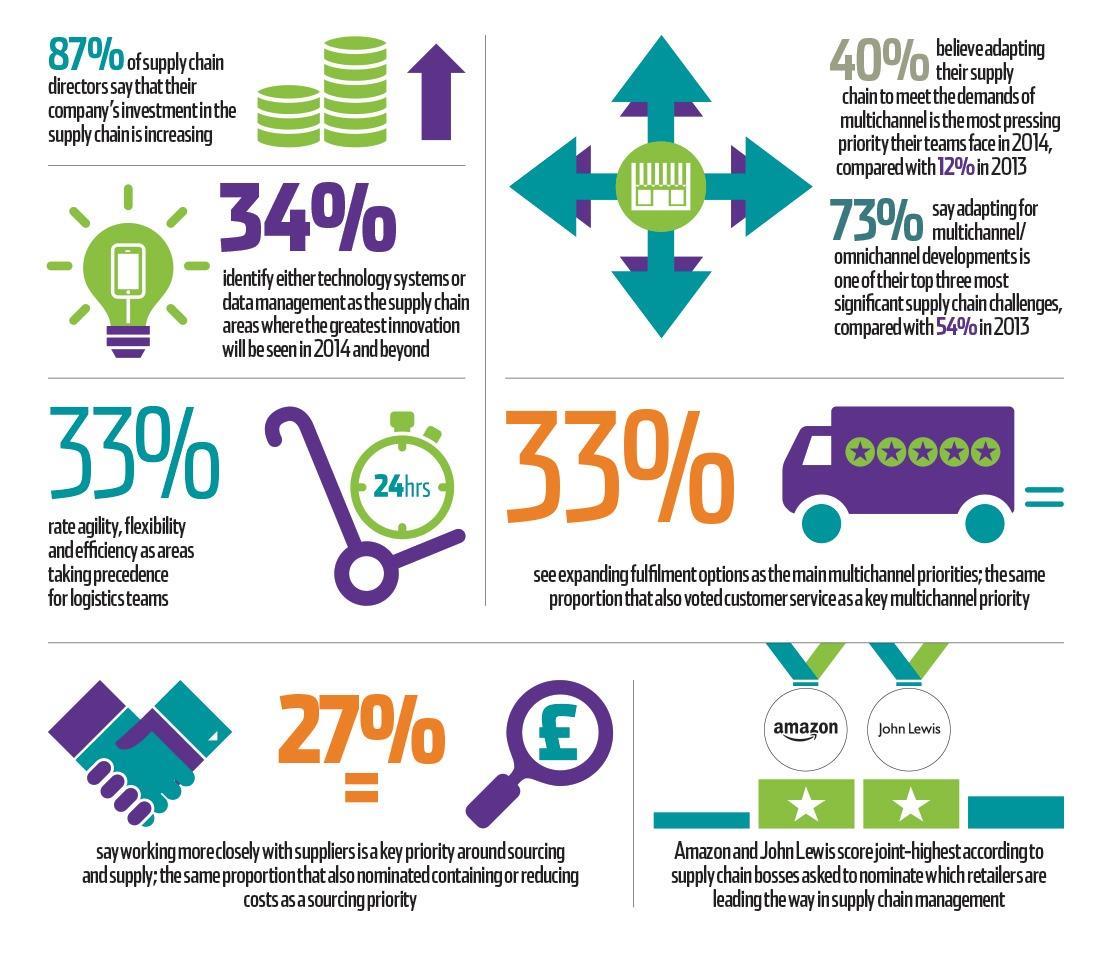 Chinas Canola Supply Chain Adapting To The Post Canada Era
May 10, 2025
Chinas Canola Supply Chain Adapting To The Post Canada Era
May 10, 2025 -
 Shifting Sands China Diversifies Canola Imports Post Canada Fallout
May 10, 2025
Shifting Sands China Diversifies Canola Imports Post Canada Fallout
May 10, 2025 -
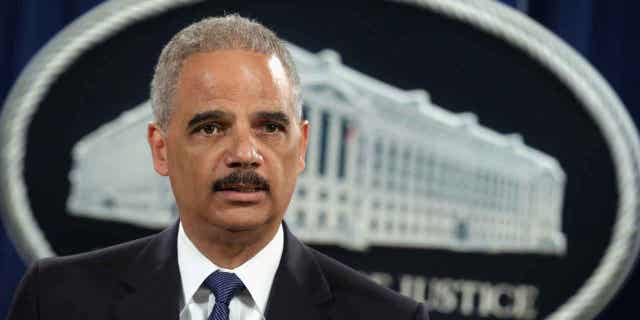 The Us Attorney General And Fox News Understanding The Daily Appearances
May 10, 2025
The Us Attorney General And Fox News Understanding The Daily Appearances
May 10, 2025 -
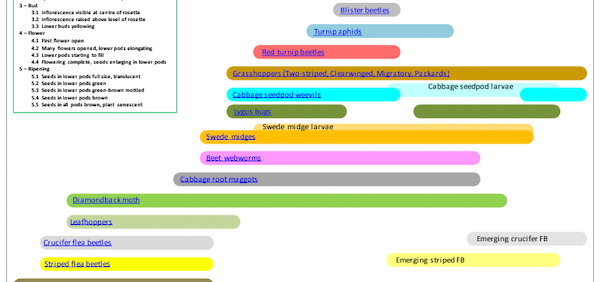 Chinas Canola Search New Sources After Canada Rift
May 10, 2025
Chinas Canola Search New Sources After Canada Rift
May 10, 2025 -
 Record Fentanyl Seizure Bondis Announcement And Its Implications
May 10, 2025
Record Fentanyl Seizure Bondis Announcement And Its Implications
May 10, 2025
